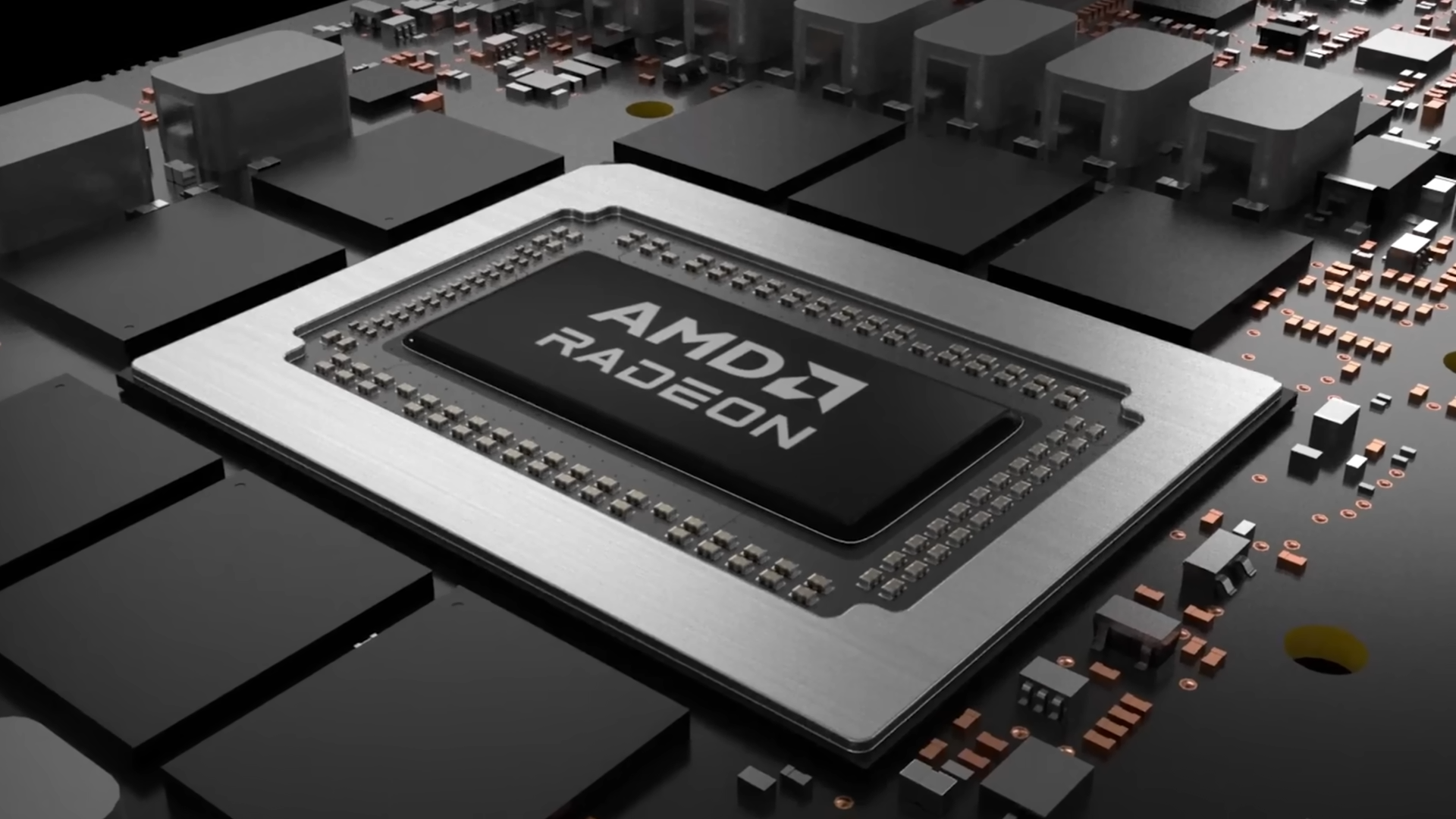AMD teases custom chip roadmap following next-gen Xbox partnership announcement with Microsoft — company says it will create a full roadmap of gaming-optimized chips powered by Ryzen and Radeon
AMD will go beyond Xbox consoles with its new custom chip roadmap

AMD has announced future plans to expand its roster of gaming-centric chip designs beyond the Xbox and PlayStation ecosystems. The company announced on YouTube that it is creating a full roadmap of gaming-optimized chips, powered by Ryzen and Radeon, that are tailor-made for consoles, handhelds, PCs, and the cloud. How this differs from its current lineup remains to be seen.
This news comes days after Microsoft announced its extended partnership with AMD to build its next-generation Xbox console (codenamed Xbox Next) and future Xbox handheld gaming PCs. AMD's announcement is somewhat vague, but it reveals the company wants to expand its existing portfolio of gaming chips, such as the Z1 and Z2 series, to build a whole ecosystem of gaming-focused chips tailor-made for all platforms in the gaming industry.
Lisa Su also confirmed that these upcoming chips will be backward compatible with older hardware and cross-compatible with various platforms (suggesting all of these chips will be x86-based). AI-gaming technologies will also be supported, including AI-based upscaling "...that includes new foundational models to accelerate the state of the art in rendering."
AMD has yet to release this future roadmap, but undoubtedly, these new chips will include successors to the Z2 series that are currently on the market for handheld gaming PCs, as well as a variety of other chips to suit other markets. We can expect most (if not all) of these future chips to be APU-based, since all of AMD's previous custom chip designs (for gaming systems) have been APUs, ranging from the custom AMD silicon in the Xbox 360 all the way to the Steam Deck's Van Gogh APU and custom silicon in the Xbox Series X, Series S and PS5/Pro consoles.
Providing gaming-focused APUs will give more manufacturers and potentially DIYers (on the PC side) new ways to build future gaming systems, but it remains to be seen how the new roadmap will be aligned.
Follow Tom's Hardware on Google News to get our up-to-date news, analysis, and reviews in your feeds. Make sure to click the Follow button.
Get Tom's Hardware's best news and in-depth reviews, straight to your inbox.

Aaron Klotz is a contributing writer for Tom’s Hardware, covering news related to computer hardware such as CPUs, and graphics cards.
-
Notton There is definitely a weird void between Z2X, AI Max 385, and PS5.Reply
I wonder if we'll ever see strix halo with a 160/192/224-bit mem bus. Surely AMD must have Strix Halo I/O tiles with defective memory controllers, right? -
ivan_vy The Xbox 360 utilizes a PowerPC-based processor, the Xenon CPU, the Xenos GPU is from AMD. The Jaguar APU came with the X-box one.Reply -
thestryker I wonder if adding dedicated cache to the APUs would be enough of a benefit at say 1080p to forego a wider bus. This could be a more cost effective option in terms of overall device cost. That may also be enough to bridge the gap between regular and Halo if so.Reply
I'm also curious what sort of plans they have overall since AMD's announcement sounded like more types of SKUs were coming than we have now. -
bit_user Reply
That's where I thought they were going with Infinity Cache, when RDNA2 added it. I figured, "oh, so they're just going to add these chiplets to an APU and BOOM!"thestryker said:I wonder if adding dedicated cache to the APUs would be enough of a benefit at say 1080p to forego a wider bus. This could be a more cost effective option in terms of overall device cost. That may also be enough to bridge the gap between regular and Halo if so. -
bit_user Reply
By my math, Strix Halo's iGPU is only about as fast as (non-Pro) PS5.Mr Majestyk said:So how about a Dragon Range X3D with 40CU Halo iGPU?
If we're talking about handhelds, it's really hard to make an iGPU that's cheap, fast, and efficient. As the saying goes: pick any two. To make it fast, you need either large die area or high clock speeds. Large die area makes it expensive, while high clock speeds make it power-hungry. A successful gaming handheld needs to be cheap, with I think Nintendo Switch 2 probably pushing the upper edge of the envelope on that.
